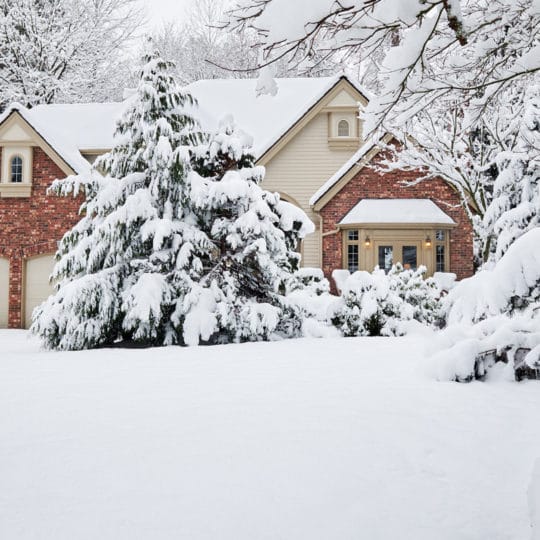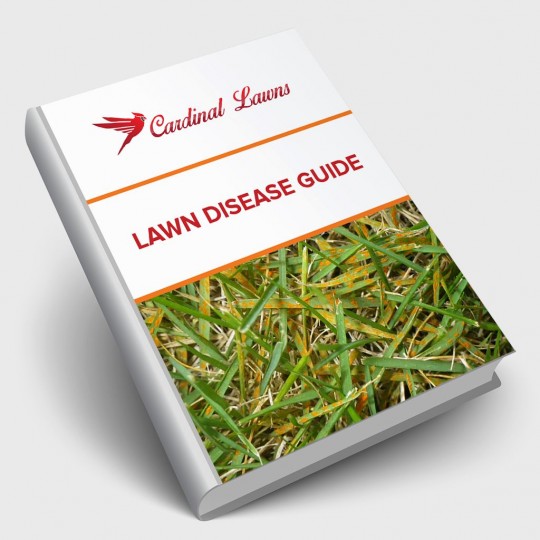What is Snow Mold
Signs, Prevention & Treatment
Posted
March 4, 2021

As winter is wrapping up, we look forward to the renewal of spring—trees and flowers budding, grass coming back to life, warmer and brighter days. We don’t look forward to dealing with what harsh winter weather has done to our plants. However, as the grass starts to thaw, we could see signs of snow mold on the lawn. Learn what these signs are and what you can do about them.
What is Snow Mold
While some may think the dormant winter season is too cold for disease to creep into your lawn and garden, think again. Snow mold is a cold-weather fungus primarily affecting cool-season grasses. When your grass is covered by a heavy blanket of snow for a long period and is not strong enough to ward off disease, you may notice discolored patches of grass once the snow melts.
The risk of snow mold increases if you get heavy snow early in the season before the ground has a chance to freeze. Between the weight of the snow and the excess moisture, any fragile plants are susceptible. Plus, if you haven’t properly cleared your lawn of leaves and debris or trimmed the grass to the right height, all of these factors add to the problem.
The Colors of Mold
There are two types of snow mold: pink and gray. Both are discolored patches ranging in size from a few inches to several feet across your lawn. The grass in these patches is usually matted down and crusty. If it’s grey snow mold, the patches will have a grayish-white appearance and only the grass blades are affected. Pink snow mold has a whitish-pink appearance and is more severe as it kills the crown and roots of grass plants.
Prevention and Treatment
While there are ways of dealing with the problem, the best thing to do is try and prevent it:
- Strengthen your lawn with proper water, nutrients, and mowing.
- Mow before the first snow. Long blades attract disease and you can mulch any remaining leaves.
- Clear debris. Don’t leave piles of leaves, branches, or plant matter on your lawn that could add to thatch.
- Dethatch. Break up any buildup of grass, roots, and soil.
- Fertilize in the fall with a slow-release formula to help keep the grass strong throughout the winter.
- Apply a preventative fungicide in the fall after the last mow and before the first snowfall.
- Avoid creating large piles of snow on the grass when clearing driveways or pathways.
If you still find signs of mold once the snow melts, gently rake the affected area to loosen the matted grass so the lawn can dry and unaffected grass has room to grow. Unfortunately, sometimes the grass won’t recover and the best solution is to repair and reseed the damaged patches.
For more information on snow mold prevention and treatment, contact Cardinal Lawns. We can help keep your lawn healthy and beautiful in any season.

Download Your FREE Lawn Disease Guide
Even the most manicured landscapes are susceptible to lawn disease. Take some time to learn about identification and removal before one takes over your lawn. This handy guide teaches you how to spot common lawn diseases as well as how to properly treat them.